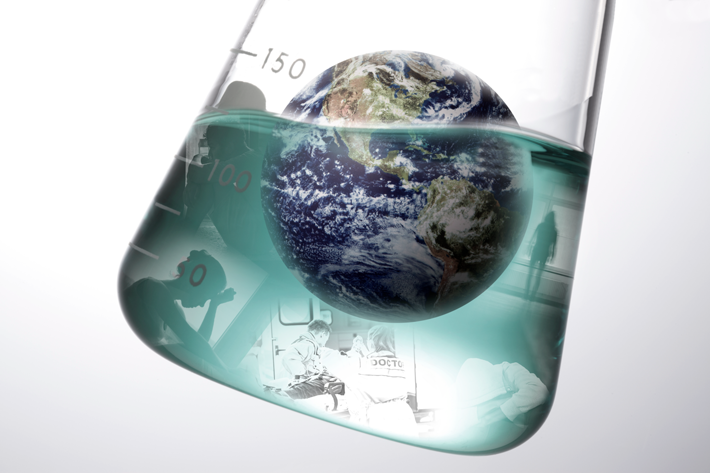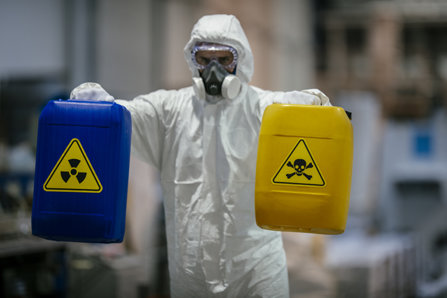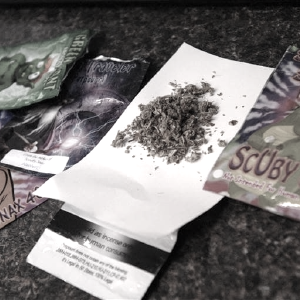Synthetic Drugs Are More Addictive, Illegal, and Available Than Ever Before

Drugs have been a problem in the United States for decades. Addiction is not a new human condition. However, addiction in America has gotten much worse.
Multiple factors precipitated the spike in addiction statistics over the last two decades. One crucial factor was a surge in illicit, synthetic, highly addictive, extremely dangerous drugs that flooded the black market, hooking millions of Americans. As a result, pulling America out of the addiction epidemic will require confronting illicit synthetics and helping addicts get off of such drugs.
What Are Illicit Synthetic Drugs?
Synthetic drugs are defined as: a synthetic drug is a drug with properties and effects similar to a known hallucinogen or narcotic. The key difference is that a synthetic drug is one that’s had its chemical structure altered slightly, usually in such a way that makes the drug more potent. Or the drug might be altered in such a way to evade local restrictions against illegal substances.
The Drug Enforcement Administration, tasked with cracking down on illicit synthetics, defines this drug type as follows: “These drugs are illicitly produced with the intent of developing substances that differ slightly from controlled substances in their chemical structure while retaining their pharmacological effects. These substances are commonly known as designer drugs.”
Examples of Illicit Synthetic Drugs
Examples of synthetic drugs include:
- Bath salts. Mind-altering and able to cause psychotic, unpredictable mental states, bath salts are illicit, synthetic stimulant drugs sold online or in head shops and generally labeled “Not for human consumption.” Bath salts can cause sweating, nausea, vomiting, panic attacks, paranoia, hallucinations, and even death.
- Flakka. Typically white or pink in color and generally found in crystal form, Flakka is a dangerous synthetic substance similar to bath salts.
- Spice/K2 (synthetic marijuana). A synthetic version of THC (the psychoactive ingredient in marijuana), K2/Spice is a mixture of cannabis plant material sprayed with synthetic psychoactive chemicals. This drug is quite dangerous because there is no way for the user to know what chemicals have been added to it.
- U-47700. Codenamed by users and dealers as “U4,” “pink,” or “pinky,” U-47700 is a highly potent synthetic opioid. It looks like a white or light pink powder. U-4770 has similar effects as heroin and prescription opioid painkillers.
- Fentanyl. One of the most dangerous synthetic drugs is fentanyl. Though fentanyl is a legal pharmaceutical, it is often made in clandestine drug labs and sold for recreational use. When fentanyl is made, sold, and used in this way, it is an illicit synthetic opioid. Fentanyl is extremely potent, 50 to 100 times more potent than morphine and 10 times more potent than heroin.
Many Naturally-Occurring Drugs Now Synthetically Altered to Increase Potency

One of the factors that make illicit synthetics so dangerous is that many naturally-occurring drugs are now synthetically altered to make them more potent. Synthetic cannabinoids, or illegal synthetic marijuana, is a good example.
Synthetic cannabinoids are marketed as “Not for human consumption,” but they are intended for recreational use. However, because this drug is artificial and derives its psychoactive components from manmade chemicals, additives, and fillers, there is no way of predicting the effects it will have on the user. To produce synthetic cannabinoids, a chemical liquid is often sprayed onto cannabis leaves during processing, causing users to not know what type of chemicals they are getting.
Some of the side effects of experimenting with synthetic cannabinoids include:
- Increased heart rate and blood pressure
- Paranoid behavior
- Agitation and irritability
- Nausea and vomiting
- Confusion, drowsiness, and headache
- Electrolyte abnormalities and seizures
- Suicide attempts, death
- Acute renal failure
- Negative effects on the cardiovascular and central nervous systems.
More Young People are Beginning to Choose Illicit Synthetic Drugs
The use of illicit synthetic drugs is increasing. According to the Community Anti-Drug Coalitions of America, calls to poison control centers relating to synthetic cannabinoids more than doubled from 2014 to 2015. Calls relating to bath salts surged from 2010 to 2011.
“Among the more recently abused substances are new classes of drugs, including over-the-counter medications, synthetic marijuana, synthetic stimulants such as ‘bath salts,’ drugs taken for strength enhancement, and new tobacco and nicotine-based products.”
Much of the spike in the use of illicit synthetics has occurred among young people. According to the Monitoring the Future Survey, an annual research project done to better understand public health factors for young people: “Among the more recently abused substances are new classes of drugs, including over-the-counter medications, synthetic marijuana, synthetic stimulants such as ‘bath salts,’ drugs taken for strength enhancement, and new tobacco and nicotine-based products.”
Overdose Statistics – Most Drug Deaths are Caused by Illicit Synthetic Substances

According to the Centers for Disease Control and Prevention, overdoses involving synthetic opioids were nearly 12 times higher in 2019 than in 2013. Much of this increase was caused by illegally-manufactured fentanyl, a ripoff of pharmaceutical fentanyl that is made by clandestine drug labs and sold on the black market.
More than 36,000 Americans died from synthetic opioid overdoses in 2019, making synthetic opioids the most lethal drug in America. And while 2020 overdose data has not been finalized yet, the CDC estimates that the COVID-19 pandemic pushed a new surge in synthetic opioid deaths.
While legal, pharmaceutical-grade fentanyl does have its medicinal uses (though extremely limited), illicit fentanyl is nothing but a killer. Quoting the CDC’s cautionary statements on America’s most dangerous illicit synthetic, “Most recent cases of fentanyl-related harm, overdose, and death in the U.S. are linked to illegally made fentanyl. It is sold through illegal drug markets for its heroin-like effect. It is often mixed with heroin and/or cocaine as a combination product—with or without the user’s knowledge—to increase its euphoric effects.”
A Grim Future if Americans Do Not Take Action
The rise of illicit synthetic drugs should be a rallying cry for the American people. These drugs are dangerous, unpredictable, volatile in their makeup, and deadly. Users never know what they are getting, as clandestine drug organizations can put whatever chemicals they want in them. Just the illicit synthetic fentanyl market alone poses a serious public health risk to the American people, and that’s only one type of illegal synthetic.
If the American people are going to overcome the drug addiction epidemic the country has been in since the turn of the century, residents will have to come together and create public health efforts on community, county, city, and state levels that prevent the spread of illicit synthetic drug use. They will also have to treat those who are addicted to such substances.
Sources:
- https://health.ny.gov/professionals/narcotic/docs/synthetic_drugs_faq.pdf
- https://www.dea.gov/taxonomy/term/341
- https://www.cadca.org/synthetic-drugs#_ftn3
- https://www.cdc.gov/drugoverdose/opioids/fentanyl.html
Reviewed by Claire Pinelli, ICAADC, CCS, LADC, RAS, MCAP, LCDCL-I


 ®
®